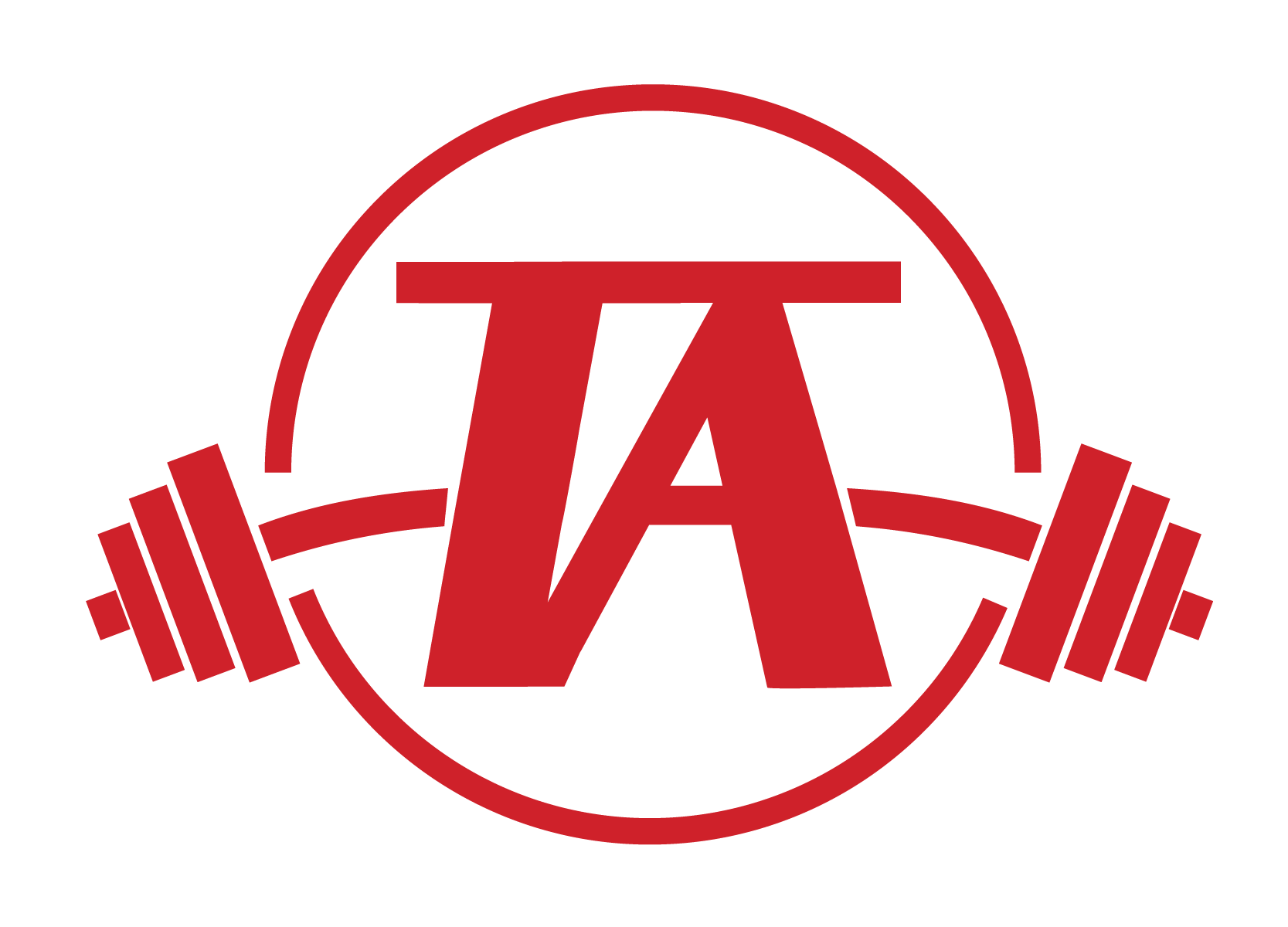In Part I of this Training Specificity series I outlined the need for younger and beginner athletes to build a foundation of general fitness qualities. This includes a solid foundation of strength, mobility, movement, and work capacity. If you haven’t had a chance to read Part I yet, check it out here. Today, in Part II I will discuss the progression and differences in programming for more advanced athletes with an established general fitness foundation.
General Strength
Strength is an extremely important quality for everyone, whether you’re an elite weightlifter, or grandparent who wants to play with your grandchildren, strength gives you the ability to make mistakes with your movement and still recover, it gives you greater power potential, and the ability to resist injury.
Strength is one of the greatest separators between amateur and professional athletes, so it is an important focus in the programs of young athletes. However, strength reaches a point of diminishing returns for advanced level trainees (this does not apply to strongman, weightlifting, powerlifting). For example, if you can squat 500lbs., it’s a safe assumption that strength is no longer your limiting factor and your focus can shift to other factors affecting performance. That doesn’t mean that your strength should completely stall, but it does mean that you don’t need to chase huge numbers in the gym anymore.
Movement Selection
As a beginner level trainee your movement selection will be pretty general as you build your base of movement quality and work capacity. Squats, deadlifts, bench presses, and rows are just a few examples of general exercises that should be the foundation of most training programs for young athletes. At this point in your training career you can do almost anything and see results from it. But, just like strength, as you become more advanced you reach a point of diminishing returns with general movements.
At this point more specific preparatory movements become key. These are any movements in the gym that more similarly mimic necessary sport specific actions (similar to the Dr. Bondarchuk idea of special preparation exercises). This doesn’t mean that all of your movements in the gym will look exactly like your sport specific movement, because by definition training in the gym is still general because you are not actually doing your sport movement. But, your movement selection should be more closely aligned with your specific needs at this point. For pitchers this means more medicine ball throws, especially of the shot put and rotational variety, unilateral movements, more training in the frontal plane, and more power development.
Along with specific preparatory movements, the competitive movement-to pitchers this means pitching in a game situation off of a mound-and variations of it become a major focus of the programming. Athletes are strong enough and move well enough to start drilling down on the patterns they will actually use in the games. This is where the sport specific side of training becomes huge.
For pitchers this involves weighted ball throws, long toss, segmentation drills, and pitching. If a pitcher struggles with hip/shoulder separation, command, or back leg mechanics, this becomes a major focus of the segmentation drills. This is the time for athletes to use very specific, individualized drills to improve their sport specific patterns and get ready to compete. We’ve built the engine, fixed up the car, and now it’s time to take it out and learn how to race it at its peak ability.
I want to be clear that I’m not suggesting general exercises like squats and deadlifts should be eliminated from your program once you reach an advanced training level. There will still be a more general preparatory phase during advanced trainees’ offseason training plans, and compound movements will always have a major role in athletes’ programs, but elite athletes’ exercise selection will be more focused and specialized than that of beginner trainees.
All training programs have themes in common that are necessary to make them successful, but as athletes get farther into their careers their training plans must evolve to accommodate their needs.


